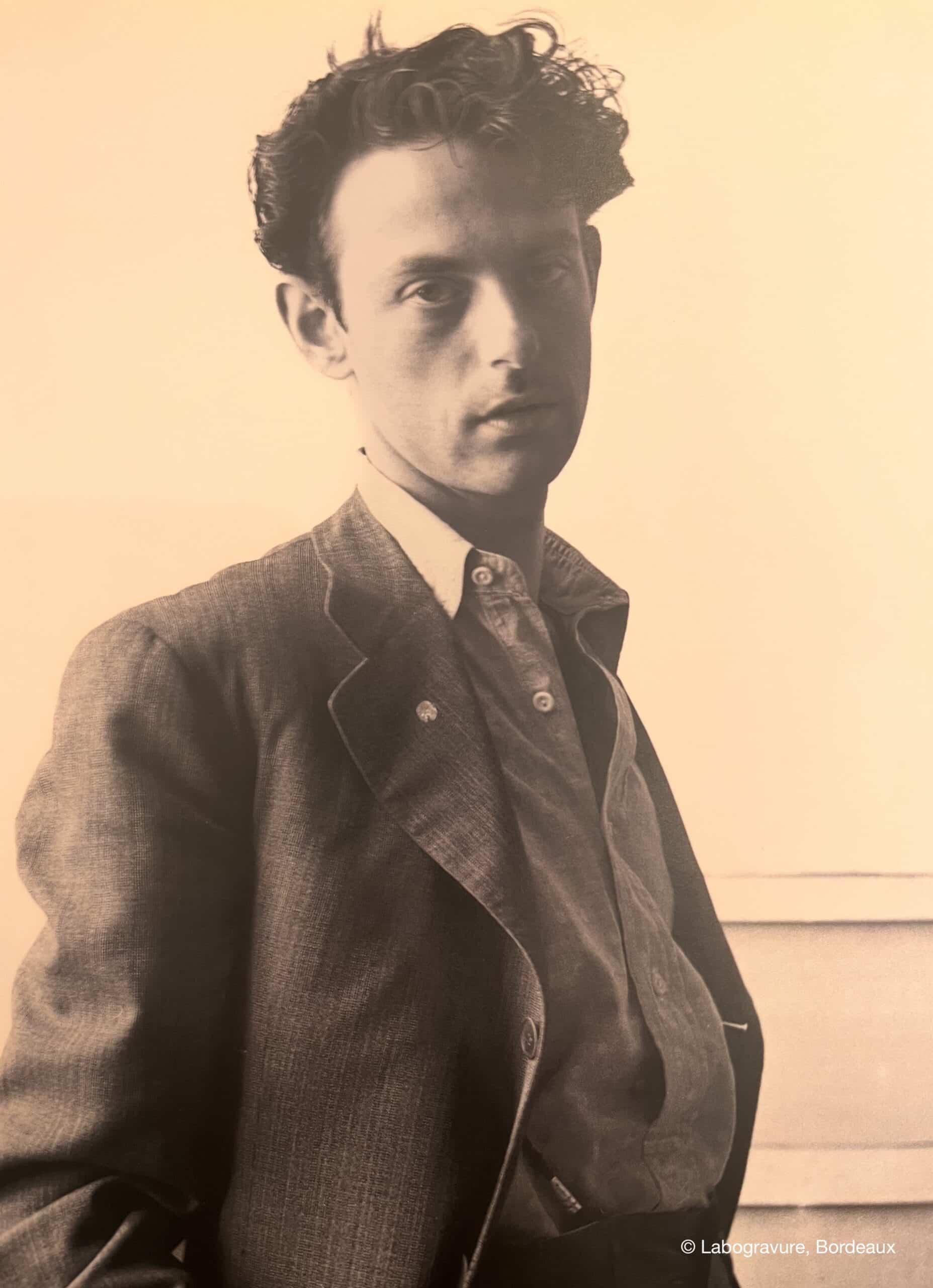Endre ROZSDA (Mohacs, 1913 – Paris, 1999)
Endre Rozsda was born in November 1913 in Hungary. At eighteen years old, he began to paint at the Free School of Painting founded by the Hungarian painter Vilmos Aba-Novák. In 1936, he exhibited at Tamas Gallery in Budapest, one of his works was bought by the Budapest Museum of Fine Arts.
In 1938, he moved to Paris to a studio in Montparnasse, Schoelcher street. He discovered surrealism and rubbed shoulders with Picasso, Arpad Szenes, Maria Helena Vieira da Silva, Etienne Hajdu, Giacometti, Max Ernst and Françoise Gilot. After the German occupation of Paris, he was forced to return to Budapest. In 1945, he was one of the founders of the European School of Modern Art in Hungary. In 1948 all unofficial art forms were banned by the communist regime. During this period Rozsda practiced drawing.
In 1956, with the arrival of the Russian tanks in Budapest, Rozsda left Hungary for Paris. He gradually began to paint again. From 1958 refine his technique in order to apply color : prints of lace, tree leaves or rags. Its paintings gain in texture, a great characteristic of his work.
He exhibited many times at Furstenberg Gallery (1957, 1963, 1965), André Breton prefaced the catalog.
In the 1960s, he continued to create his work, transcending surrealism. In 1964, he received the Copley Prize (USA) from a jury composed by Hans Arp, Max Ernst, Man Ray, Darius Milhaud and Marcel Duchamp.
Museums : Centre Georges Pompidou, Paris, Fonds national d’Art contemporain de Paris, Musée d’Art Moderne de Paris, Galeries nationales, Budapest, Musée des Beaux-Arts de Budapest, Kiscelli Museum, Budapest, Szent István Király Múzeum, Hongrie, Musée Ludwig, cologne, Galerie nationale d’Art Moderne et Contemporain, Rome, Israël Museum, Jérusalem

